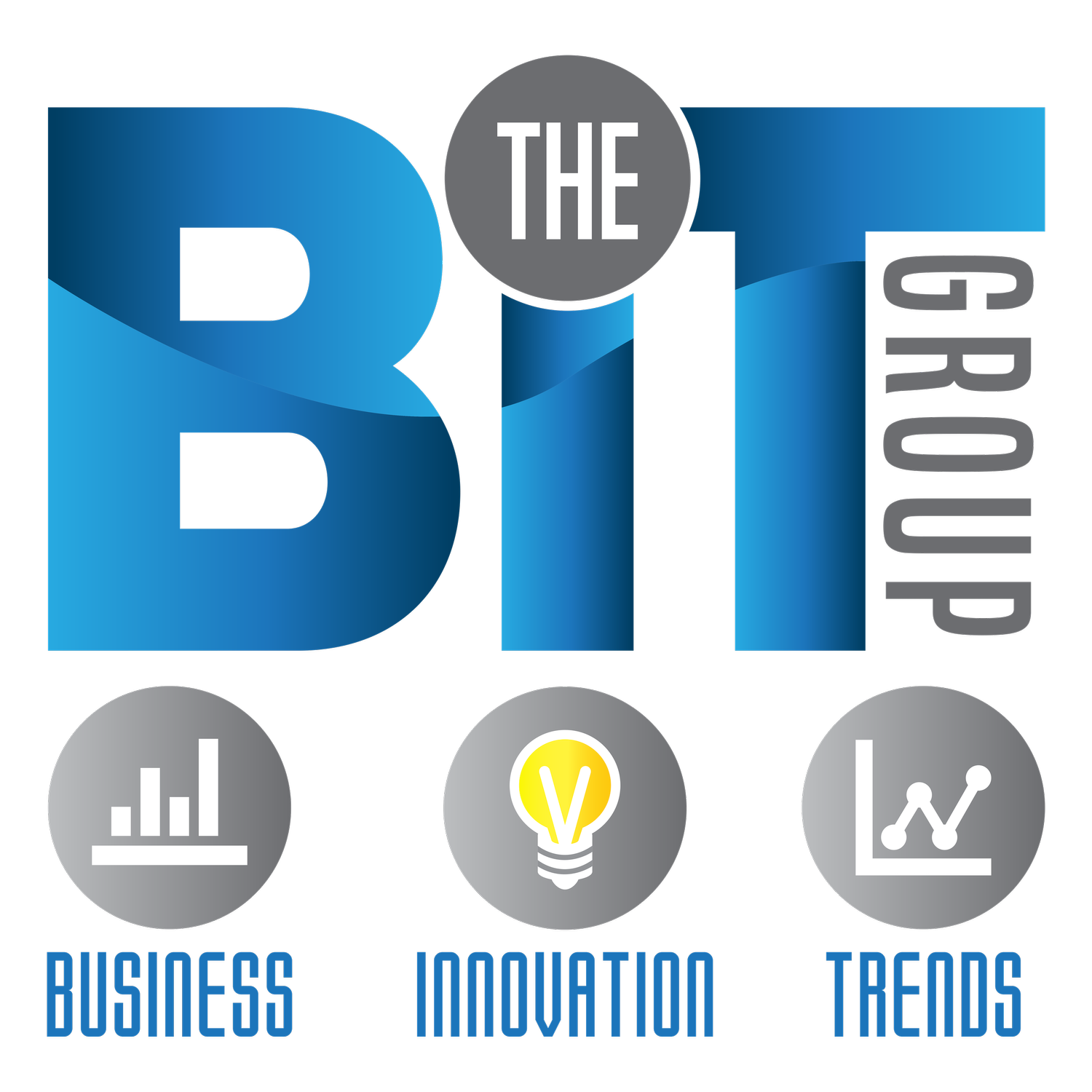“Whether they're battle-tested veterans or fresh-faced newbies, entrepreneurs undergo an intense learning process when establishing and launching a business,” says a recent article in Entrepreneur magazine (Entrepreneur magazine, April 21, 2014). “Even those who've been through it before typically face a certain amount of uncertainty. That's why it's critical that they learn as much as possible about their specific area of business as well as entrepreneurship as a whole. “
The article goes on to list their Top 14 books of all time on entrepreneurship. Of those, none address the strategic thinking that informs the entrepreneurial endeavor, and their number one book is actually on innovation: Harvard professor Clayton Christensen’s book The Innovator’s Dilemma. In the book, Christensen coined the term “disruptive innovation”, referring to innovations that are “game-changers”.
Interestingly, he was recently asked a simple question:
Q: “How do you do disruptive innovation?”
His answer was quite telling:
A: “I don’t know how, I just know how to describe it.”
Christensen is typical of today’s writers on innovation and entrepreneurship: long on stories, short on skills and tools. So they are better at describing the destination than offering a roadmap to others on the journey.
My new book, Make Your Own Waves, is a road map for entrepreneurs and innovators using the lessons of big wave surfers as an analogy to better structure your journey.
The Wall Street Journal reported recently that 255 books with “innovation” in their title were published in the last three months. The Journal also documented“A search of annual and quarterly reports filed with the Securities and Exchange Commission shows companies mentioned some form of the word ‘innovation’ 33,528 times last year, which was a 64% increase from five years before that.” So, we certainly are using the word more but have no greater understanding of how to apply it.
This is not new.
Nearly 75 years ago, in 1942, Joseph Schumpeter, wrote of “creative destruction” of ideas and ideologies, the predecessor to disruptive innovation.
Fast-forward 50 years to 1994. MIT’s James Utterback published Mastering the Dynamics of Innovation in which he described how myopia can hasten the end to an entire industry, e.g. how the “ice harvesting industry” was replaced by “ice boxes”. Again we find “descriptive” books that focus on the rise and/or fall of the products of innovation rather than the process. Make Your Own Waves provides fresh insight into the process of innovation.
For more information on how to bring innovative thinking to fruition look here: Innovating for Results Training System



